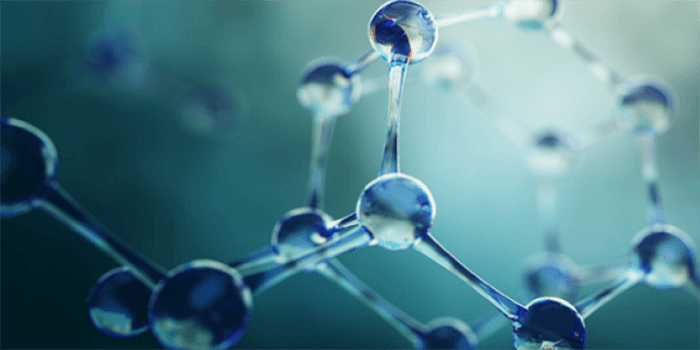Fundamentally, chromatography requires a stationary phase and a mobile phase. Components of the analyte move between the two phases in order to be separated from each other. In ion chromatography (IC), the mobile phase is typically called the “eluent.”
Ion chromatography was originally developed with either sodium hydroxide (for anion separation) or hydrochloric acid (for cation separation) eluents (Figure 1). Hydroxide-based eluents have an advantage in that they can be suppressed to water, thereby producing a very low conductance background against which to measure the analyte response. However, challenges in eluent preparation and with suppression technology meant that carbonate/ bicarbonate eluents became the standard for many years. It was only in the early 1990s that key technological developments improved the ease of use and reliability of hydroxide eluents, making them more feasible to use.

With the expanded choice of eluents for ion chromatography, it can be difficult to compare the options for eluent preparation. In this white paper we will look at the benefits and drawbacks of each. For a further exploration of the development of various methods of eluent preparation, see our educational video on Automated Eluent Generation (Figure 2).






